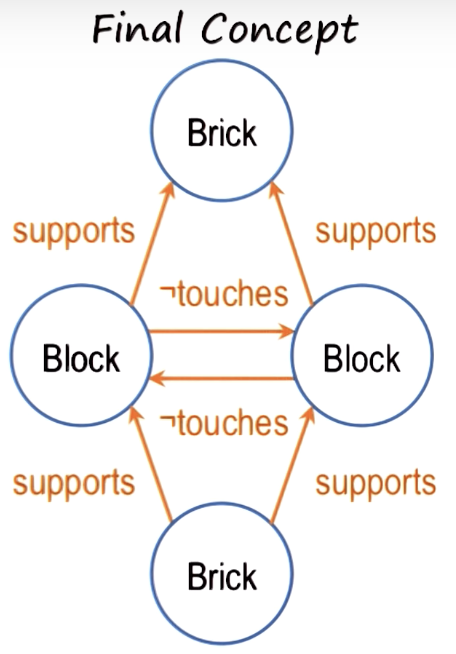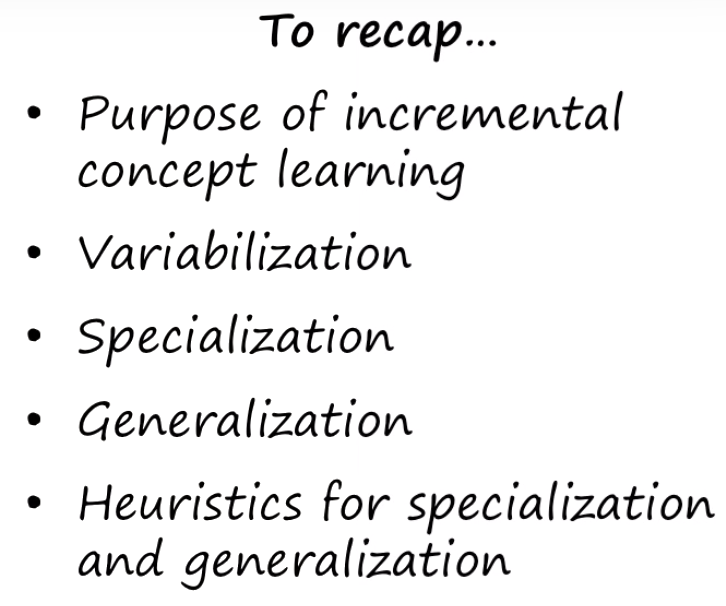
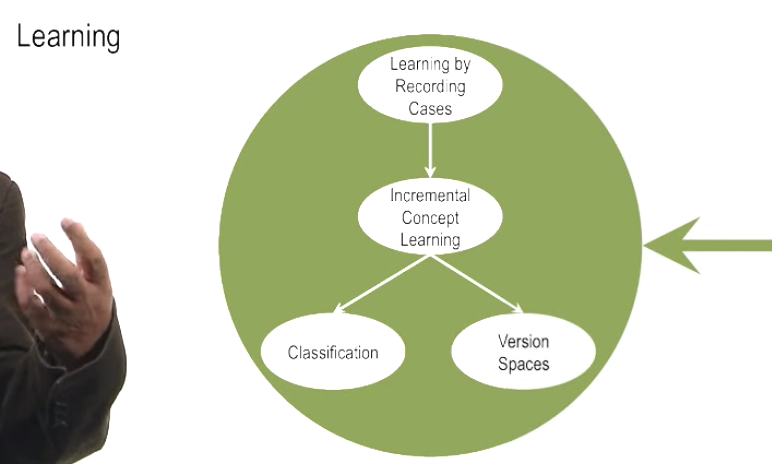
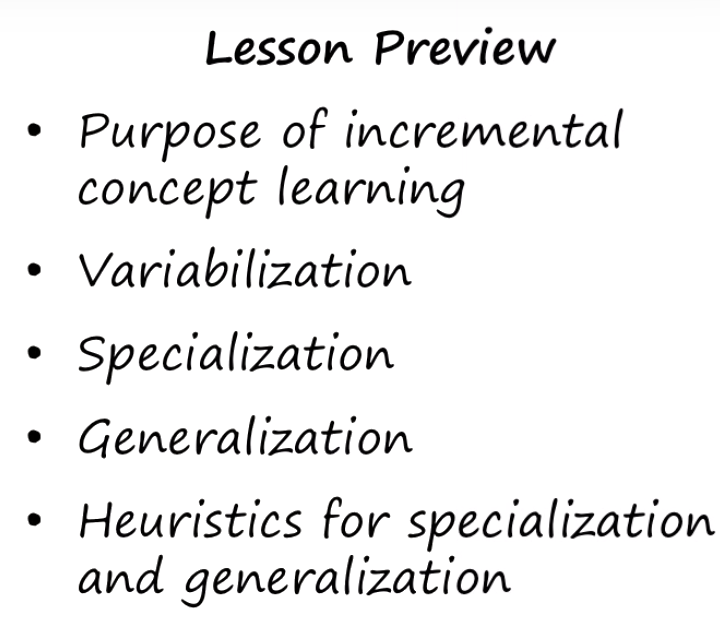
Exercise: Identifying a Foo
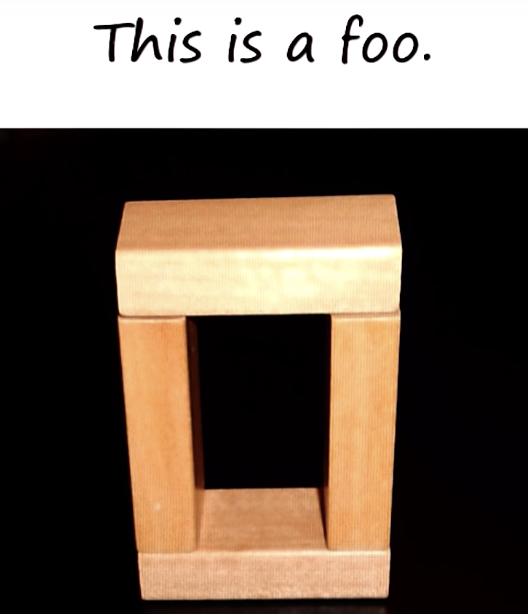

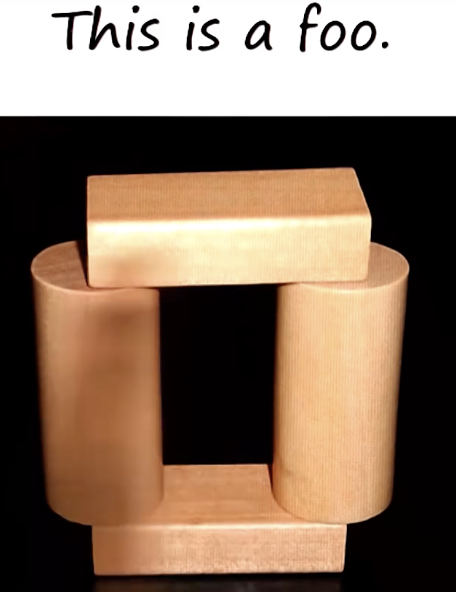
This example is adapted from the 'arch' example in the the following book:
Winston, P. (1993). Artificial Intelligence (3rd ed.). Addision-Wesley.
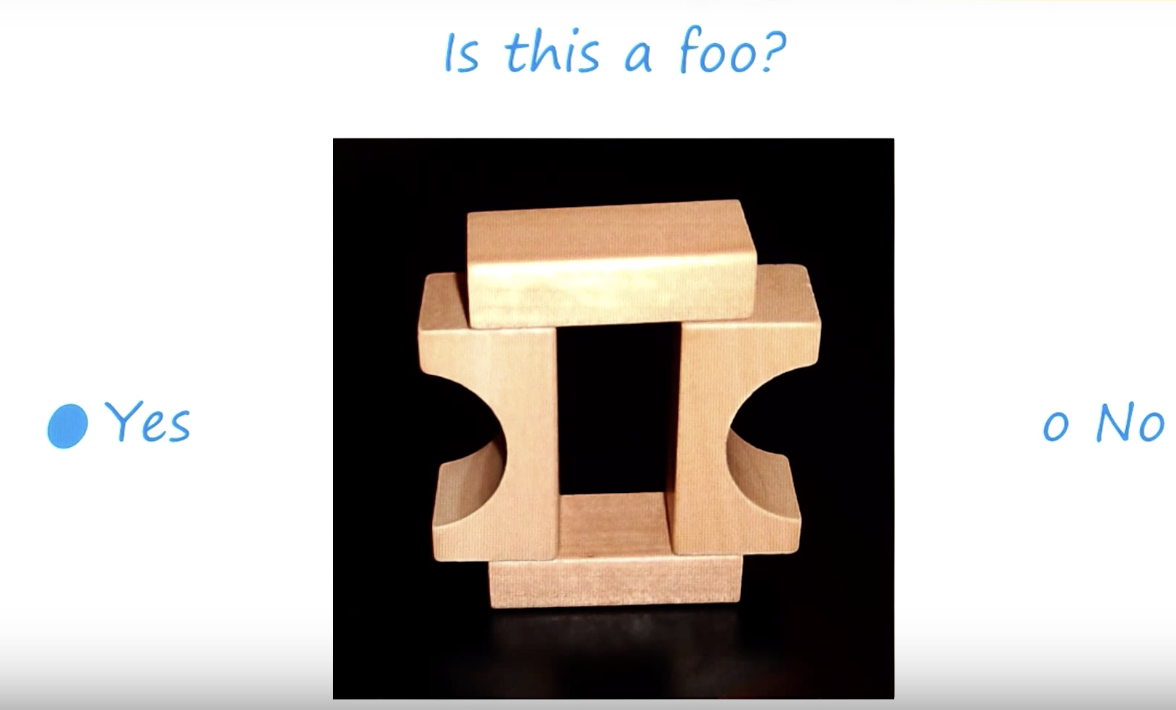
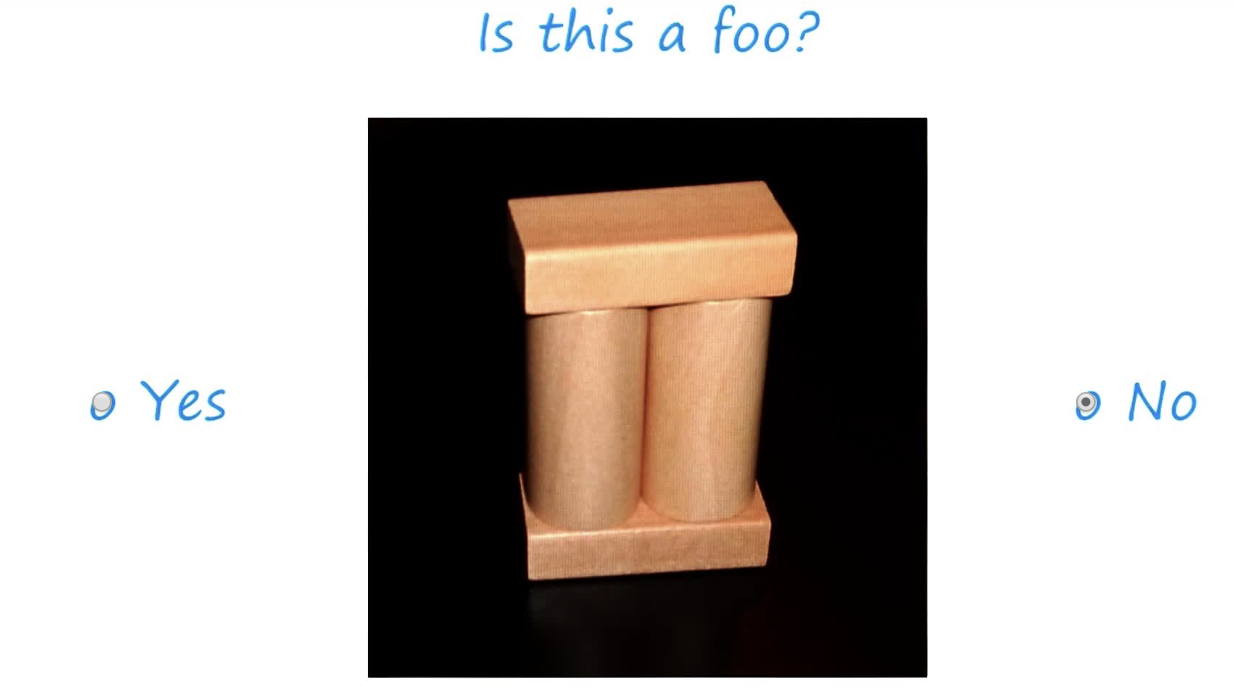
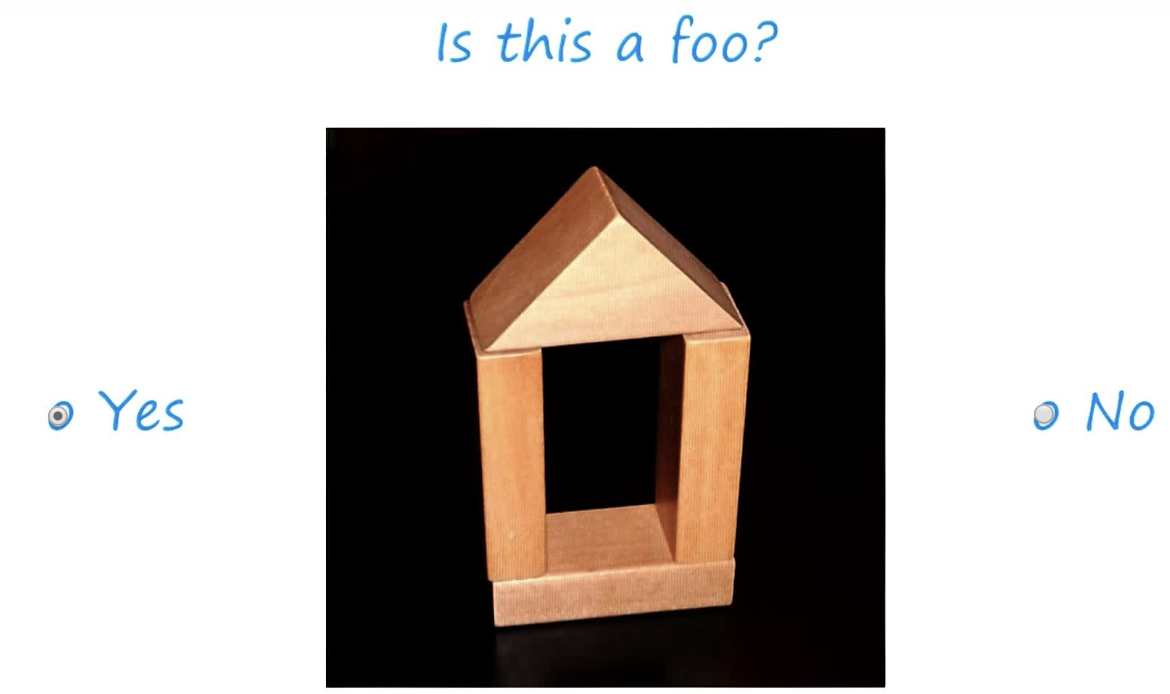
In saying 'Yes', you're suggesting a more general model of foo: the object is a foo if it has any shape on top of its supports.
A more specialized model would say that the shape on top must be a brick, which would mean that this is not a foo. We haven't seen enough examples to know which model is correct, though, so we're having trouble settling in to a level of specialization or generalization. That will be the main topic of this lesson: how to use new examples to help specialize and generalize an agent's model of a concept.
Incremental Concept Learning
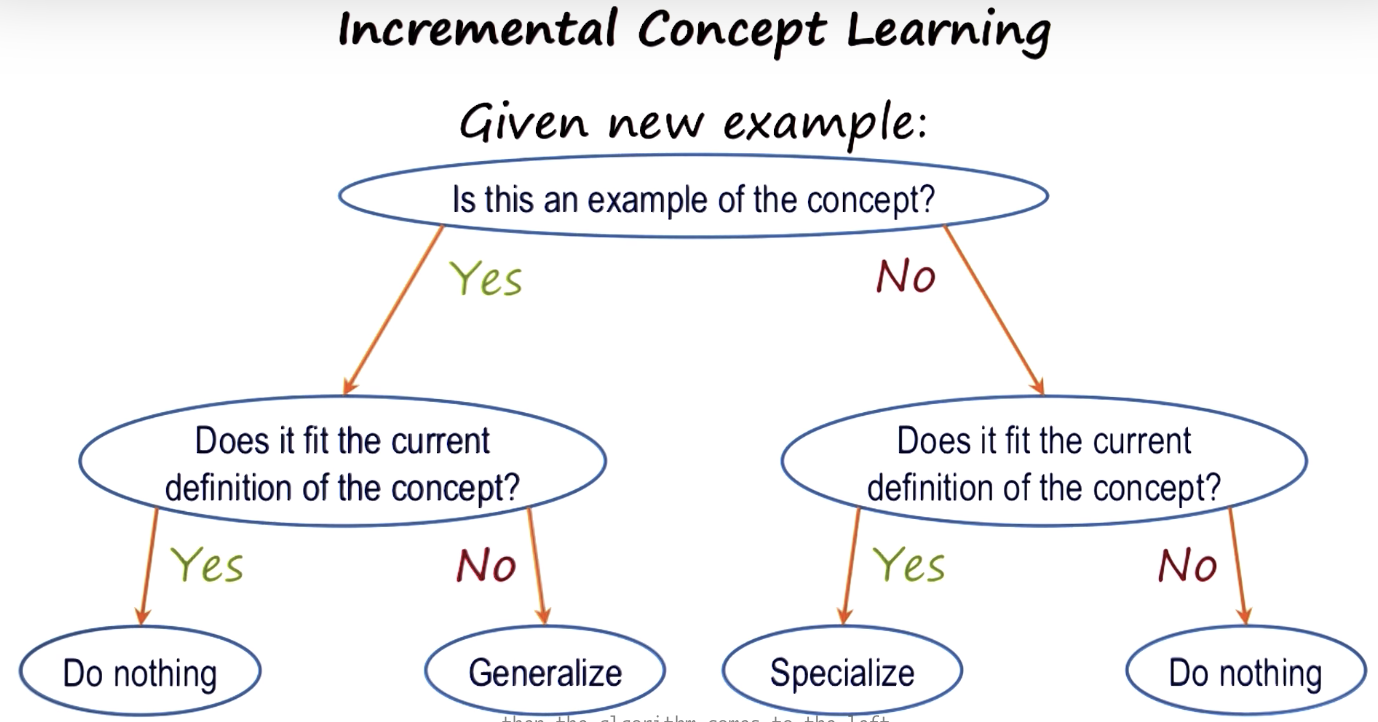
This algorithm is adapted from the following book:
Winston, P. (1993). Artificial Intelligence (3rd ed.). Addision-Wesley.
eg, Child A has a black cat, then A goes to a friend's house and see an orange cat (is told that the orange cat is a cat) => doesnt fit into the current definition of cat => generalize the concept of "cat"
eg. Child B has a dog => furry animal => goes to firend's house and see a cat. B is told the cat is not a dog => specilize the concept of "dog"
Variabilization
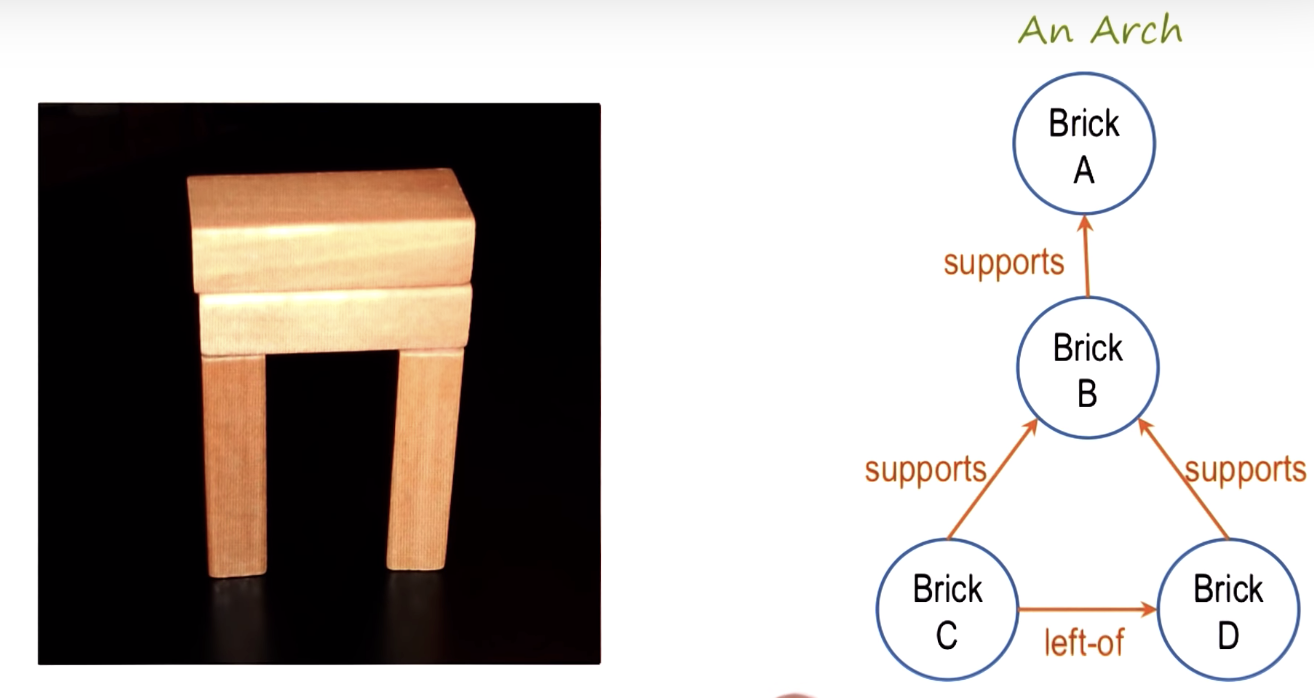
Generalization to Ignore Features
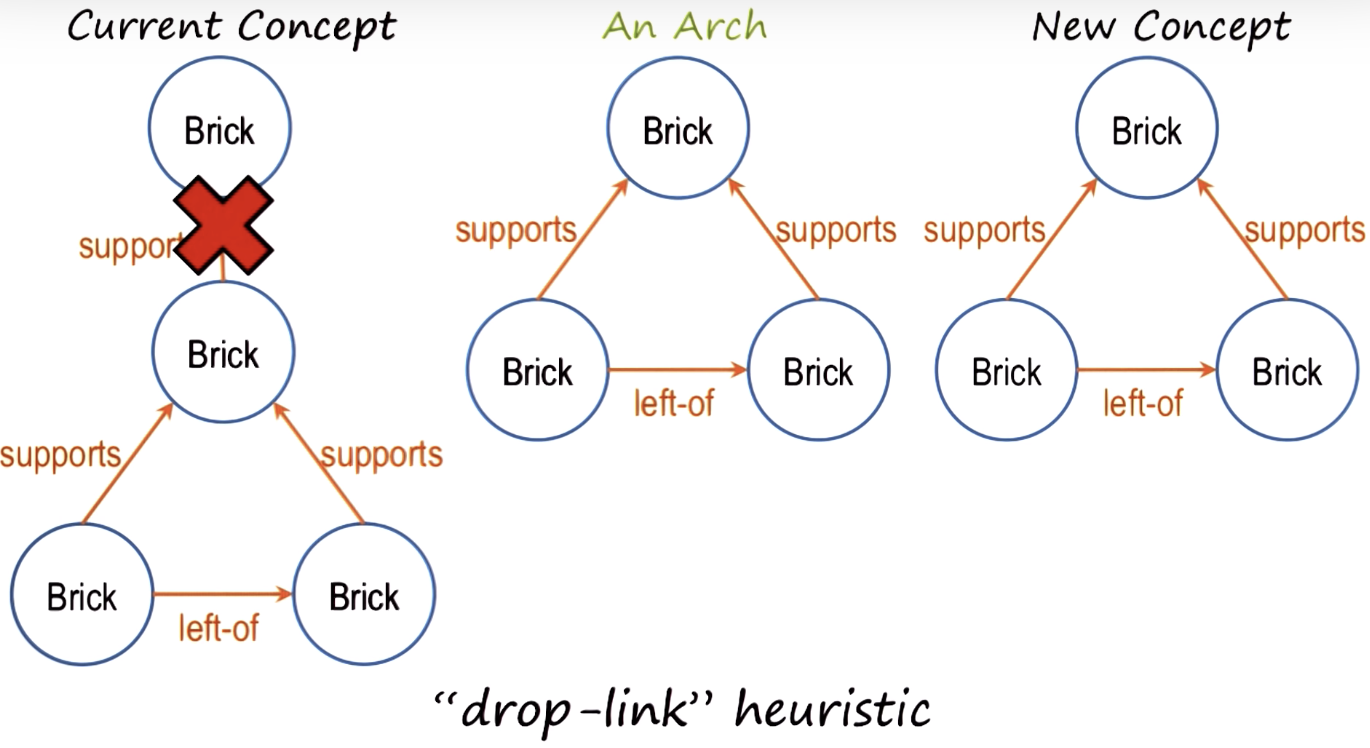
Specialization to Require Features
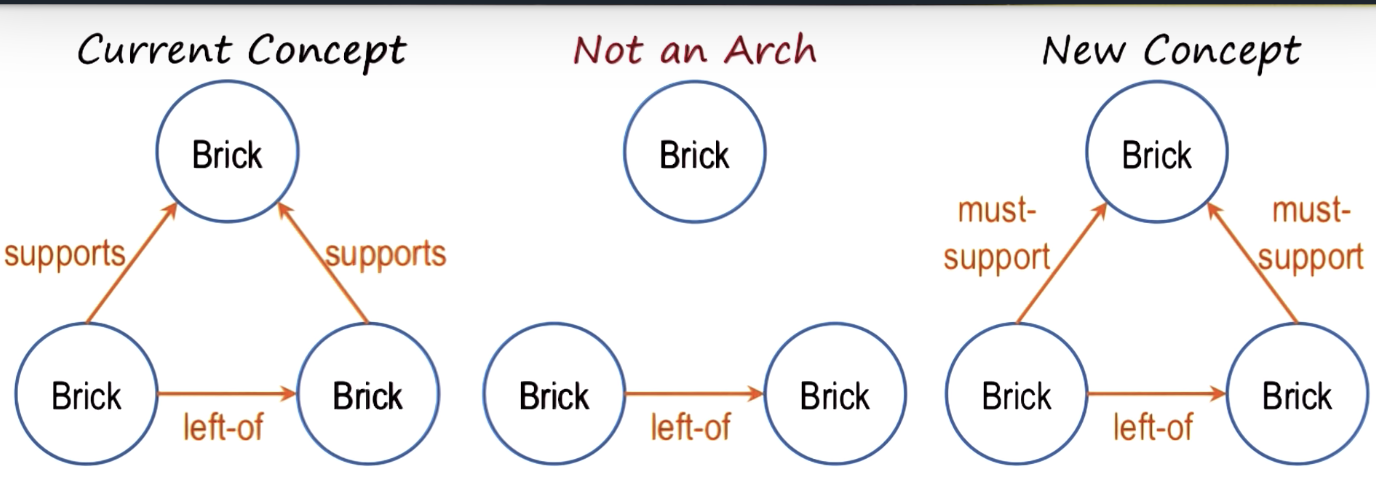
![]()
Specialization to Exclude Features
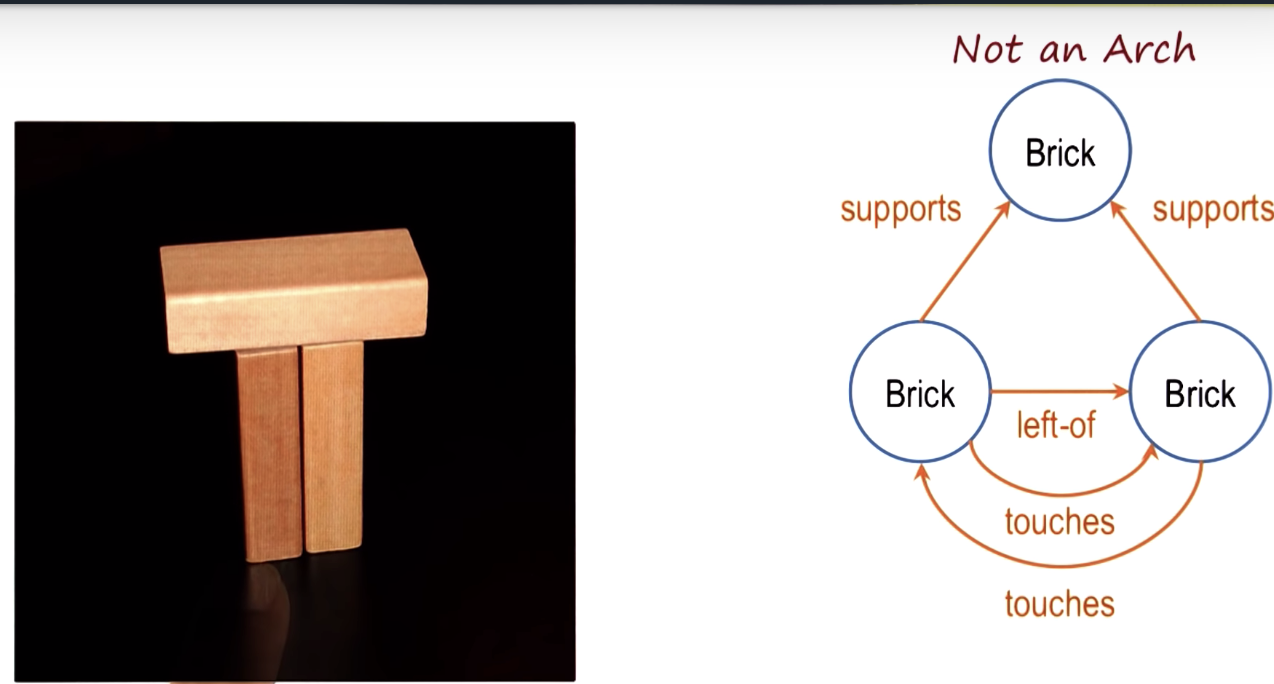
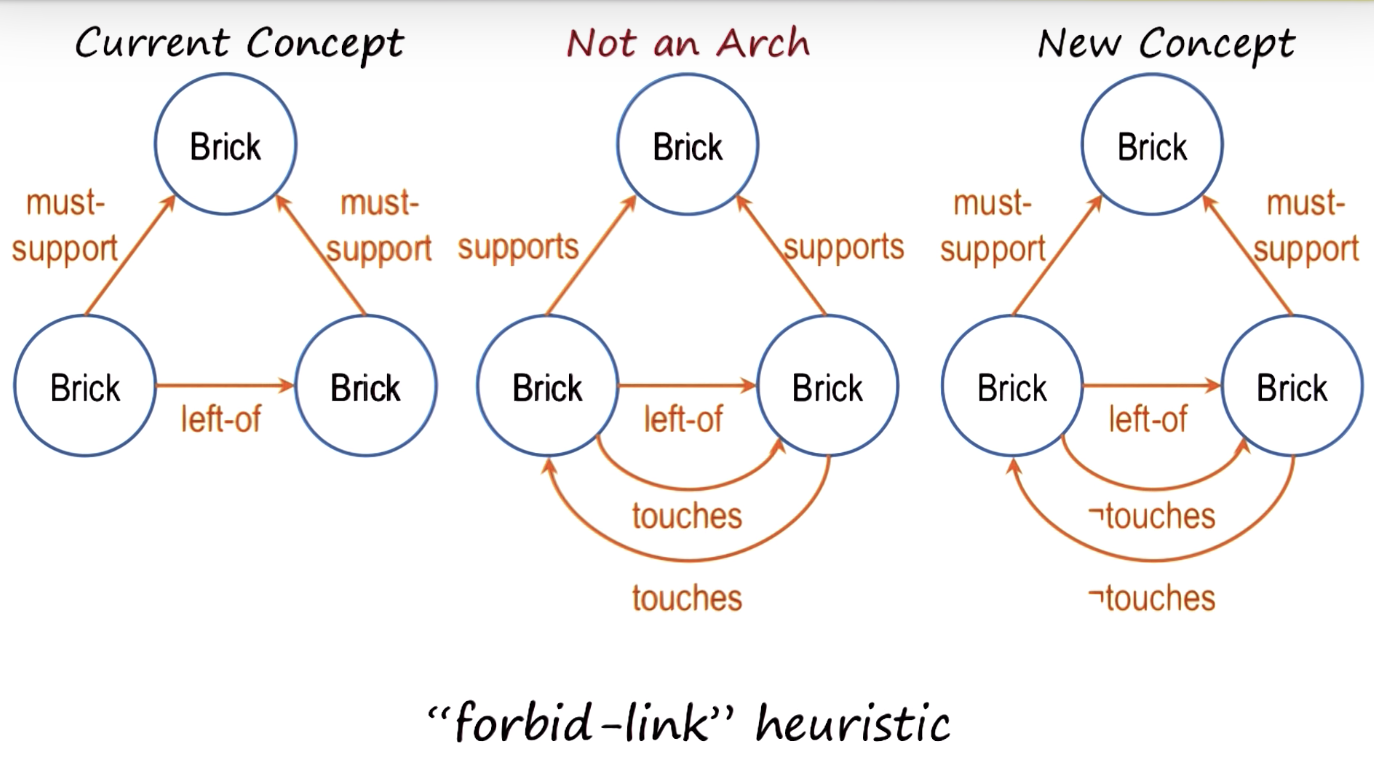
Generalization to Abstract Features
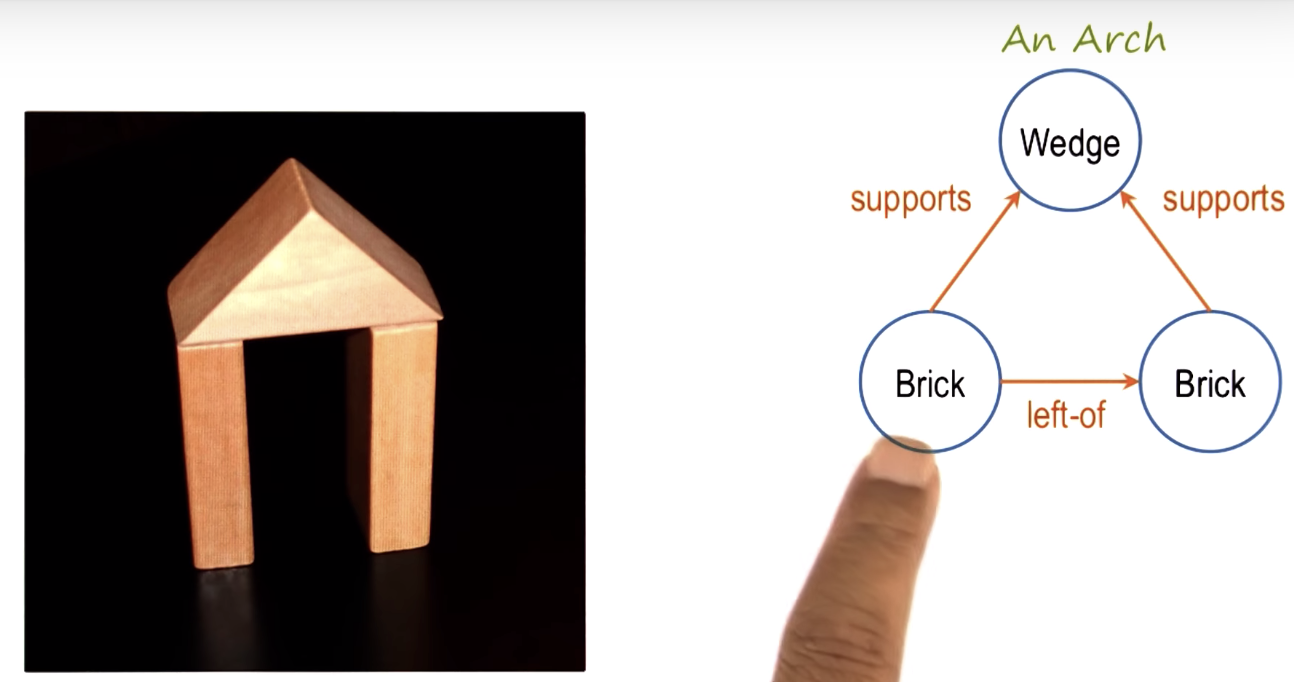
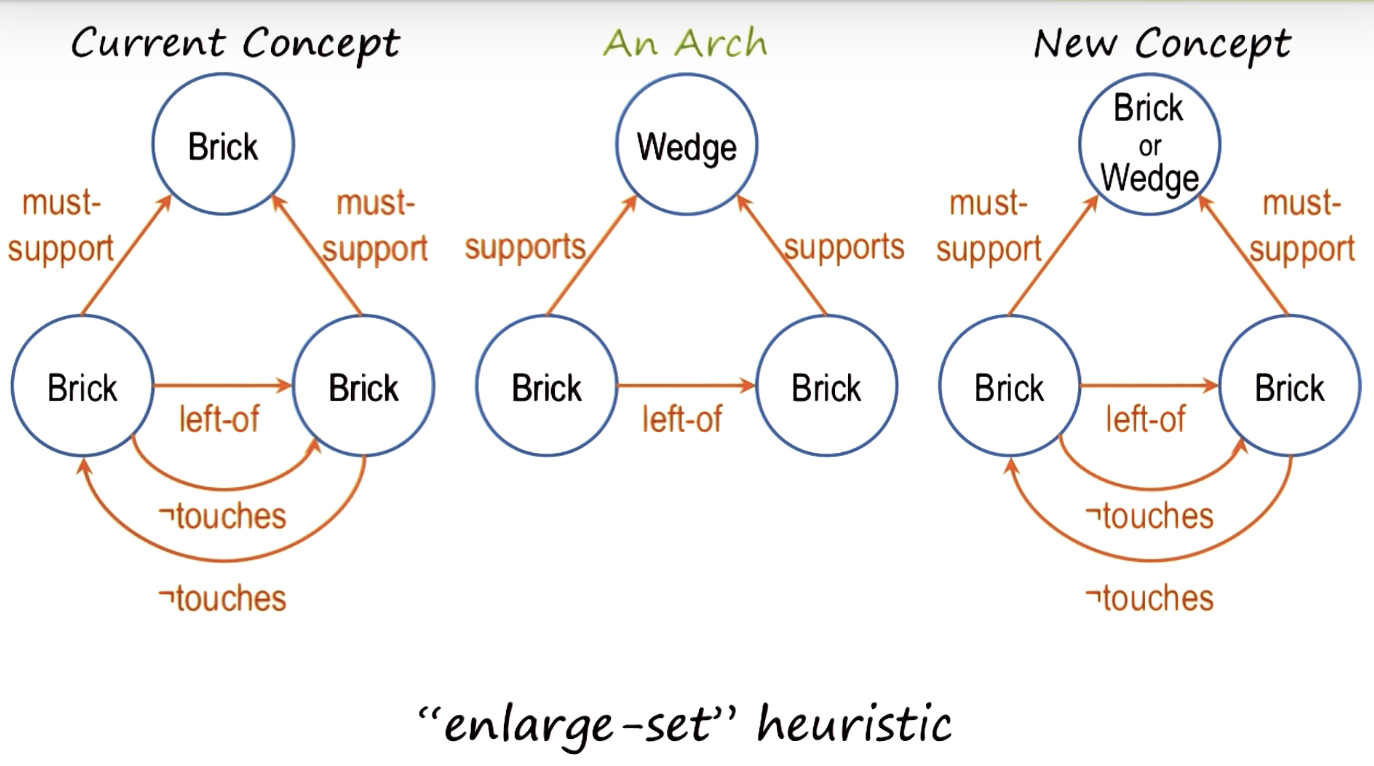
Generalization with Background Knowledge
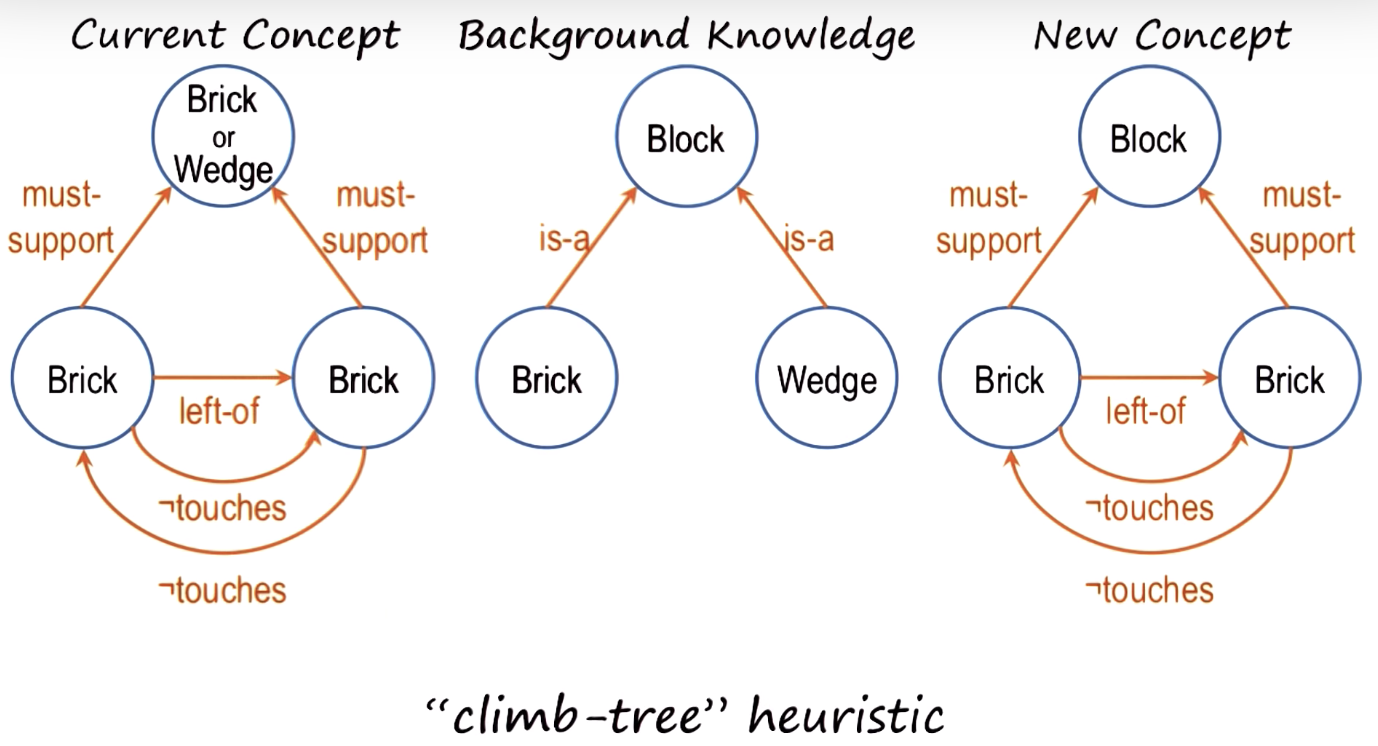
An Alternative Visualization
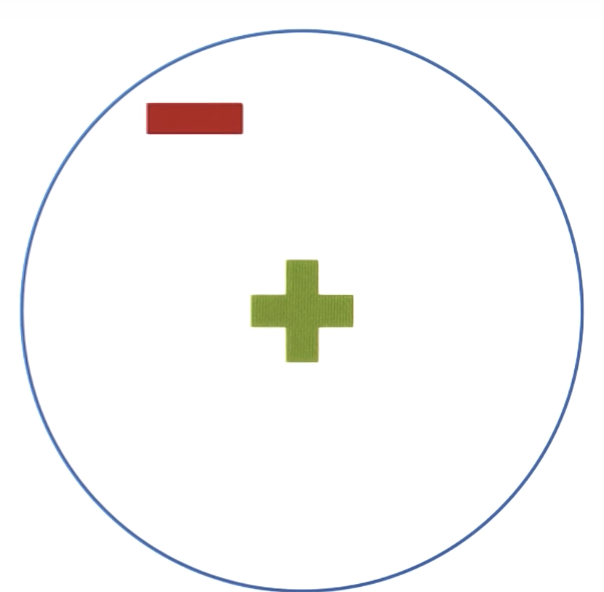
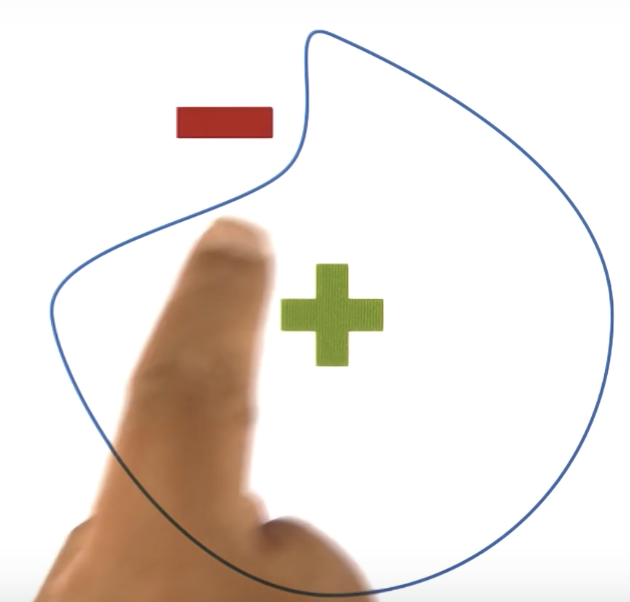
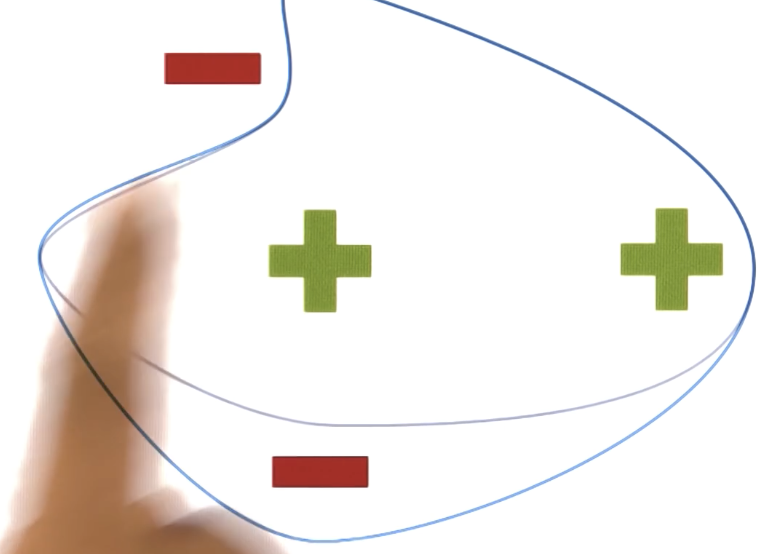
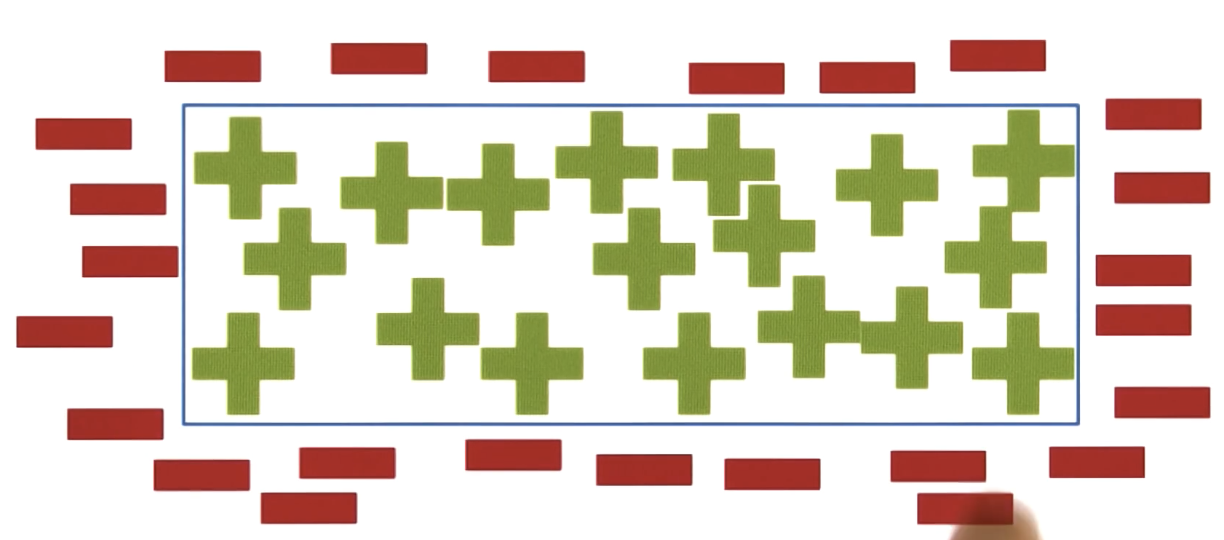
Winston Chapter 16, pages 349-358
Heuristics for Concept Learning
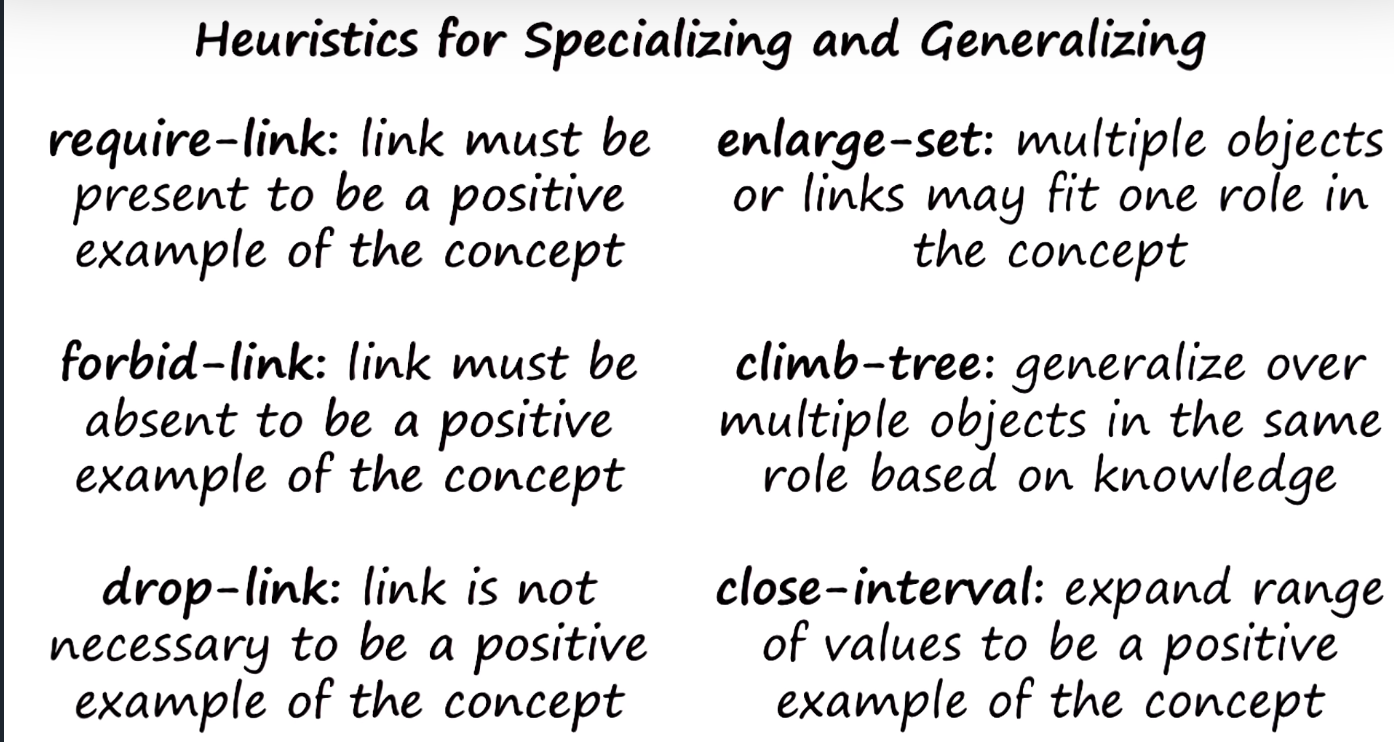
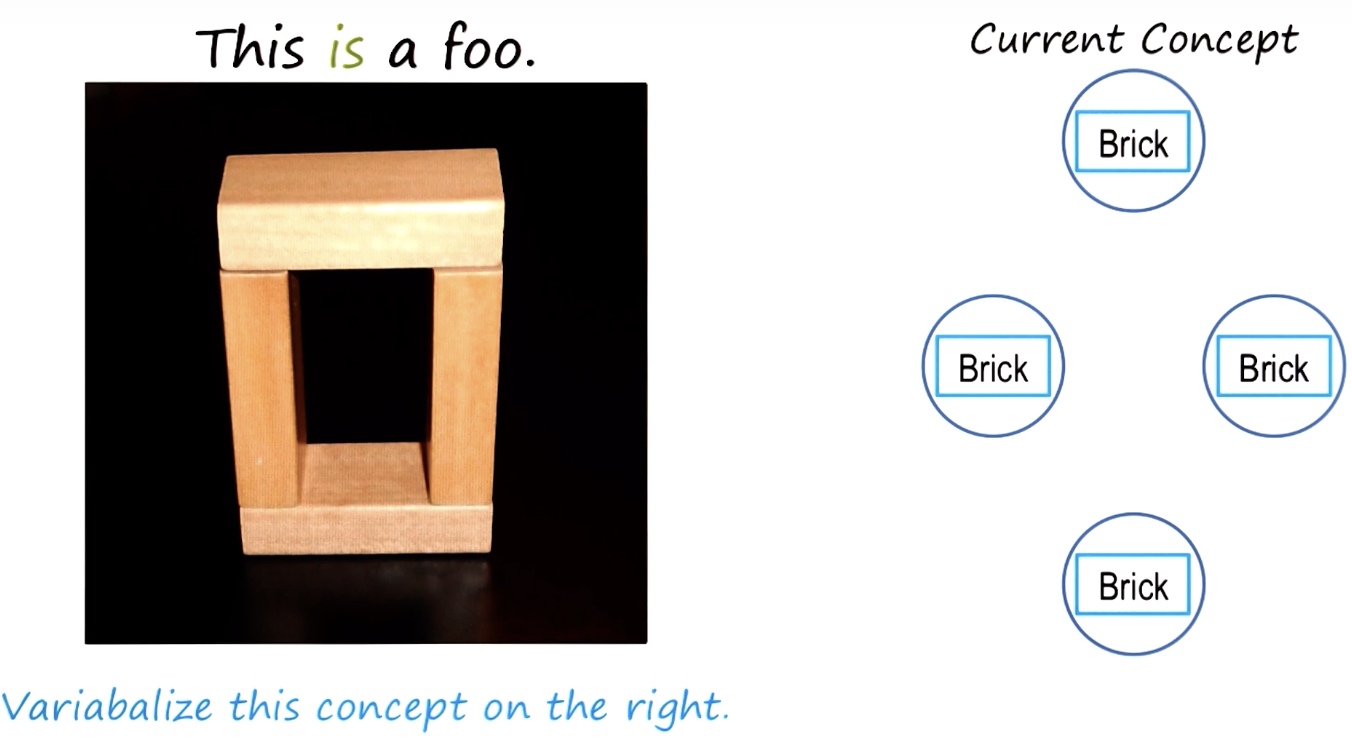
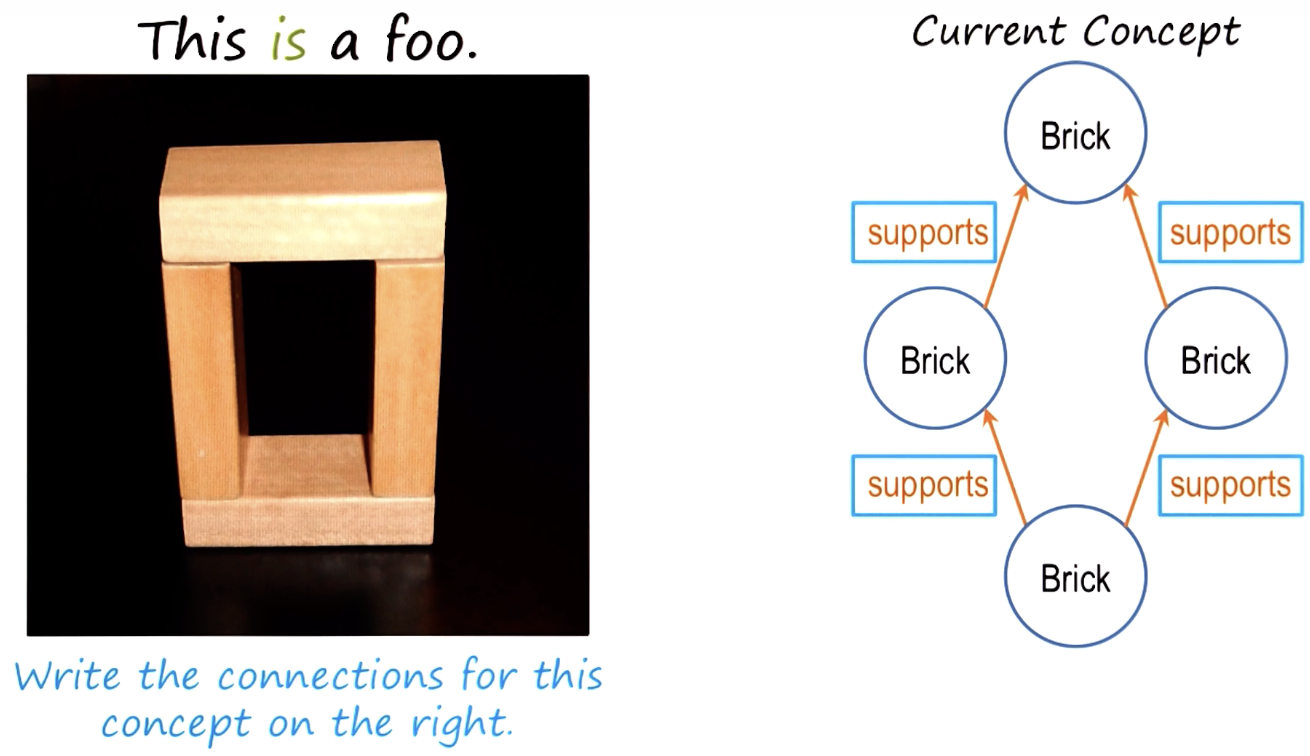

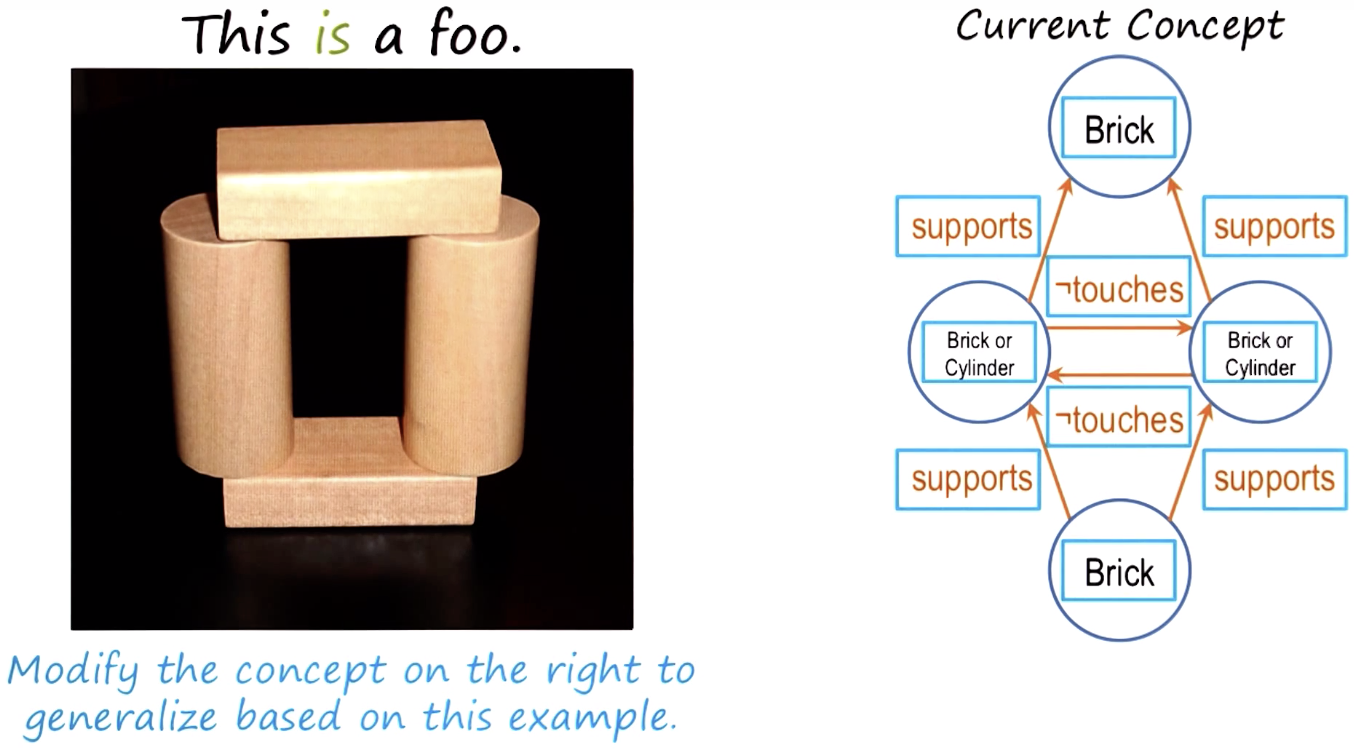
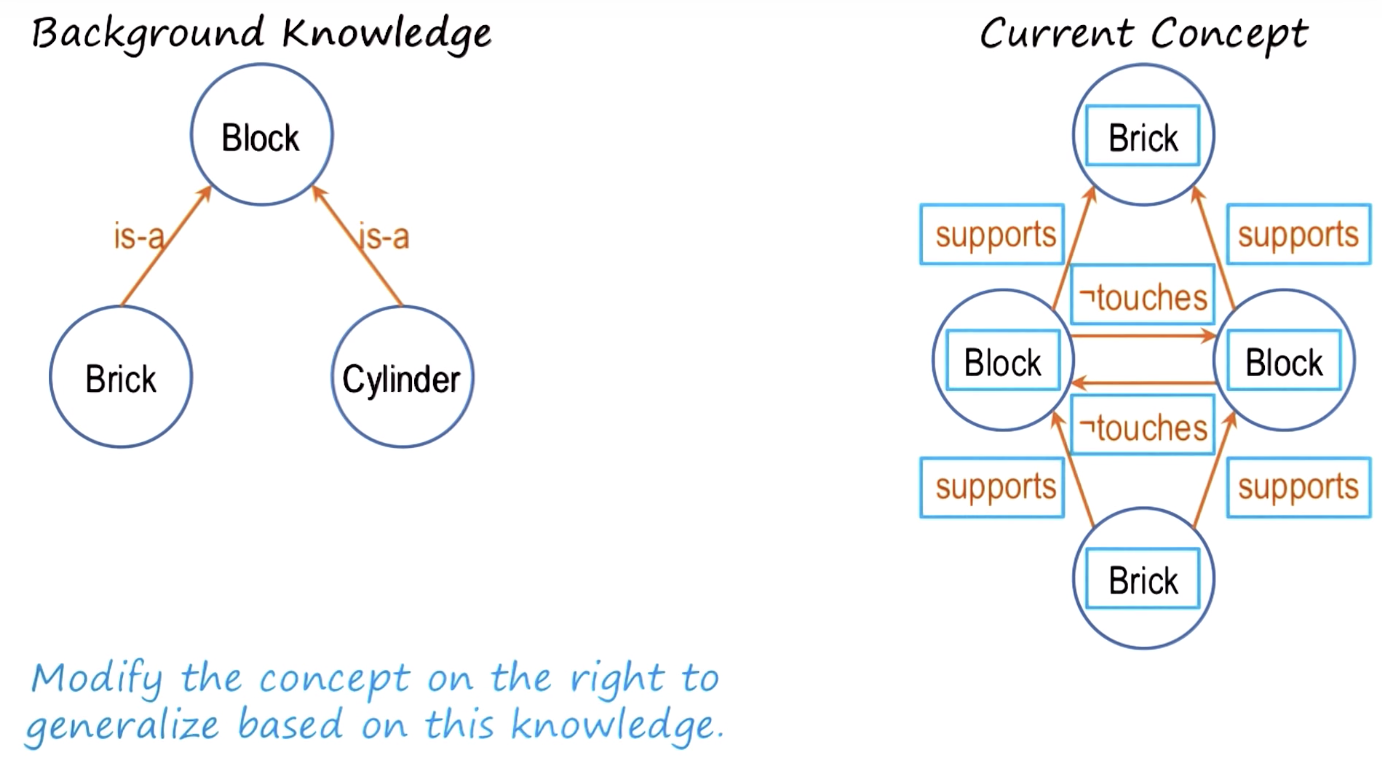
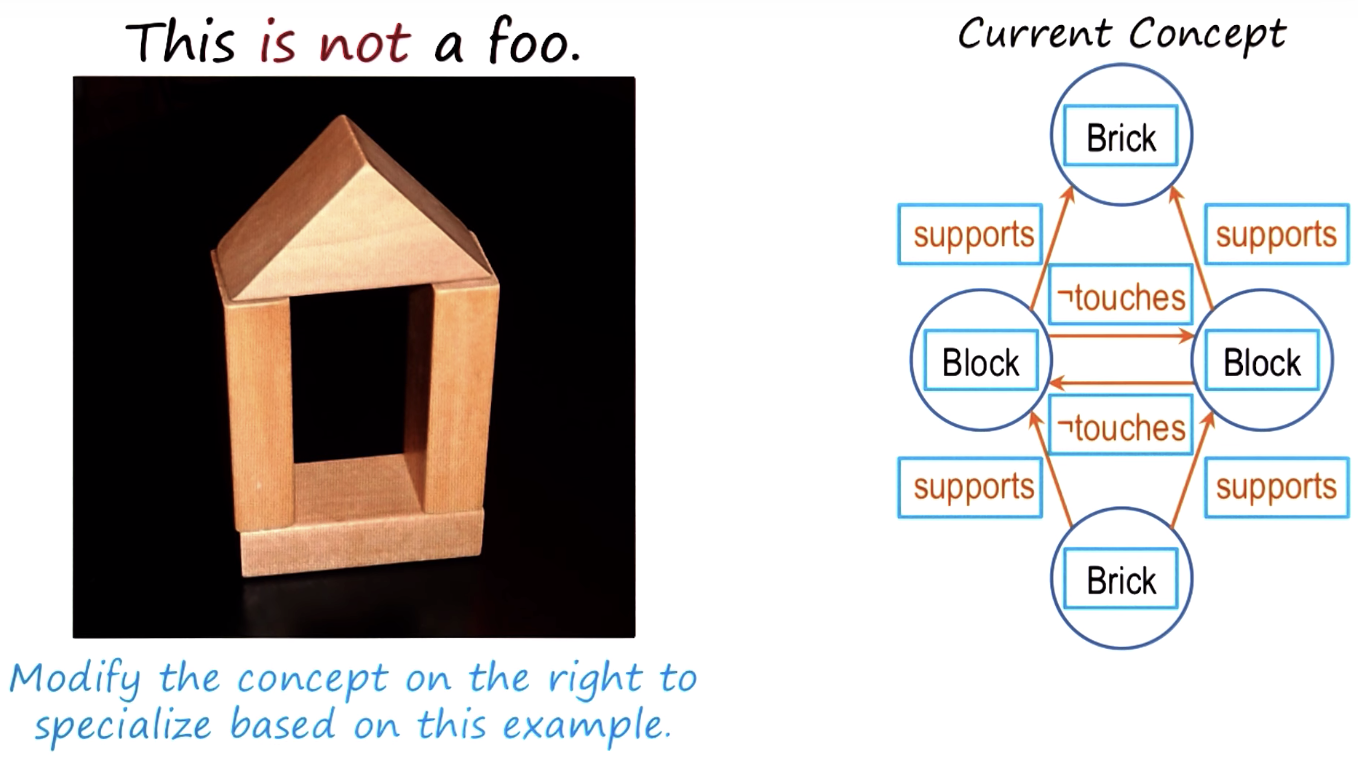
Final Concept of a Foo
